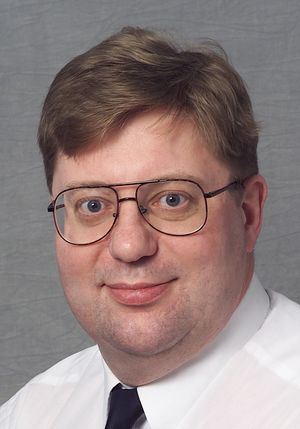Hugh Griffiths
Biography
A world-renowned radar researcher, Hugh Griffiths’ pioneering work on multistatic radar and creating and advancing passive radar technologies changed traditional thinking of radar methods and has provided solutions for dealing with the challenges of increasing spectrum congestion. Utilizing nonradar transmitters, passive radar uses bistatic techniques. Griffiths conducted some of the first experiments on passive bistatic radar and published the first paper on the topic. Although real-time signal processing constraints initially proved to be challenging, he overcame early roadblocks to create the commensal passive bistatic radar, in which broadcast or communications waveforms, such as television signals, are optimized not only for their primary function but also as radar signals. Griffiths’ work spurred further research into passive radar, the results of which can be seen in today’s technologies where passive radar receivers with embedded high-performance computers may provide an alternative to active radars for operation in spectrally congested environments. Griffiths has also led a program to measure the bistatic radar signatures of sea clutter and small maritime targets. He helped develop a unique multistatic radar system called NetRAD that demonstrated that bistatic sea clutter as less spiky than monostatic clutter and provided performance advantages of several decibels. Called “clutter diversity,” this work is being extended to other radar frequencies and configurations. He also initiated and led a program using synthetic aperture sonar to detect and classify objects such as naval mines, pipelines, or wrecks from an autonomous underwater vehicle incorporating algorithms that correct for irregular vehicle motion and propagation inhomogeneities through seawater. The results, featuring well-focused images of targets at ranges in excess of 200 meters with spatial resolution of a few centimeters, were some of the first of their kind.
An IEEE Fellow and Fellow of the UK Royal Academy of Engineering, Griffiths is the THALES/Royal Academy Chair of RF Sensors in the Department of Electronic and Electrical Engineering at University College London, London, UK.
